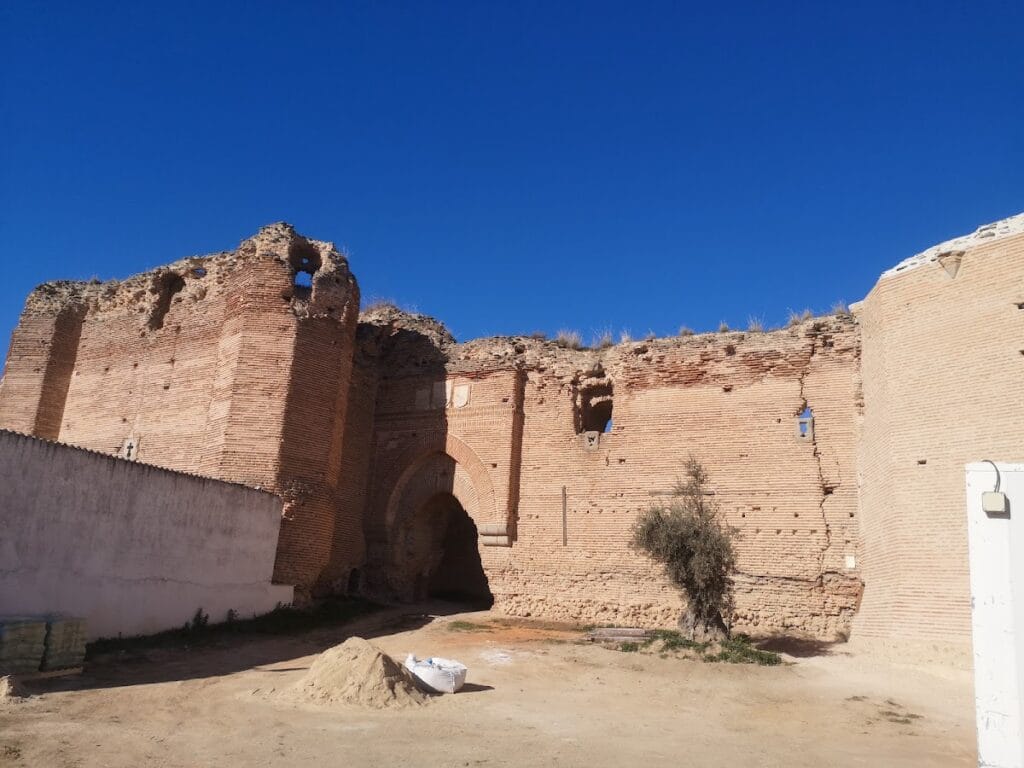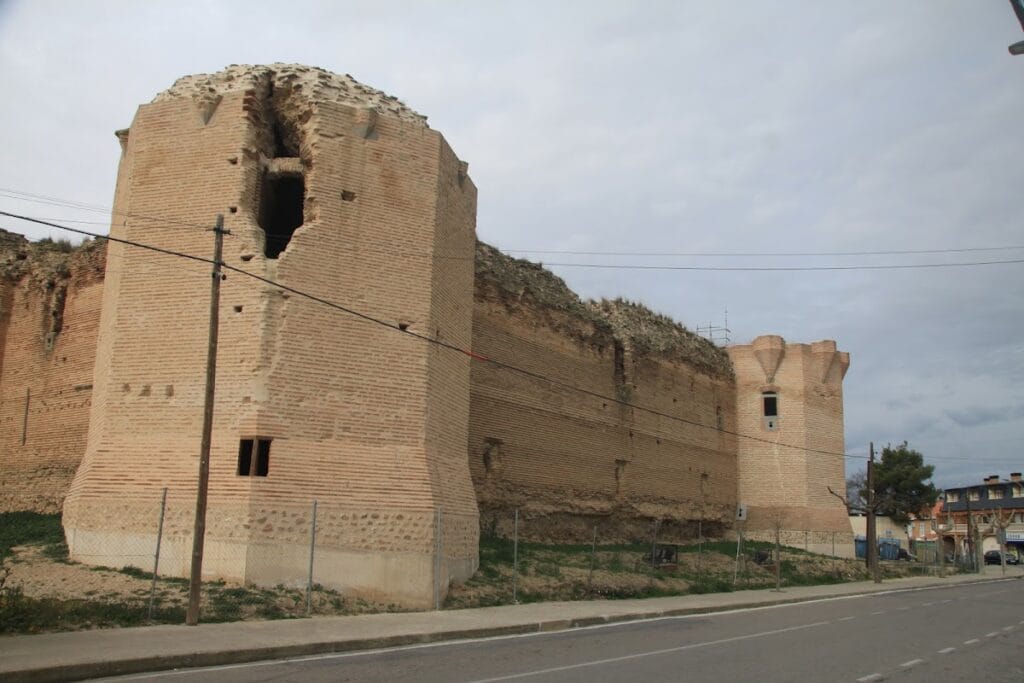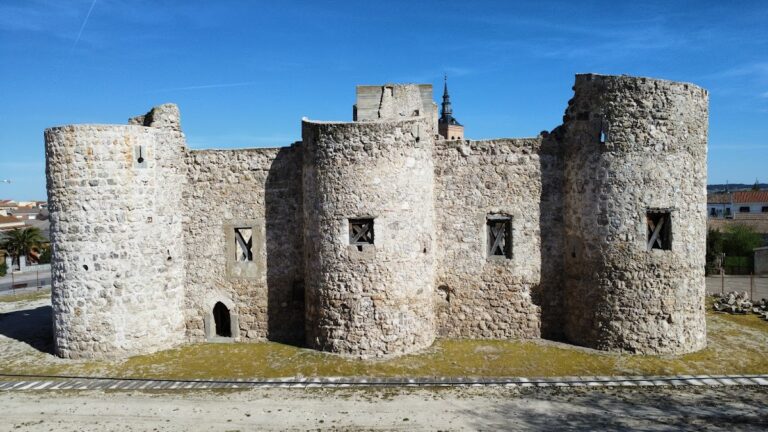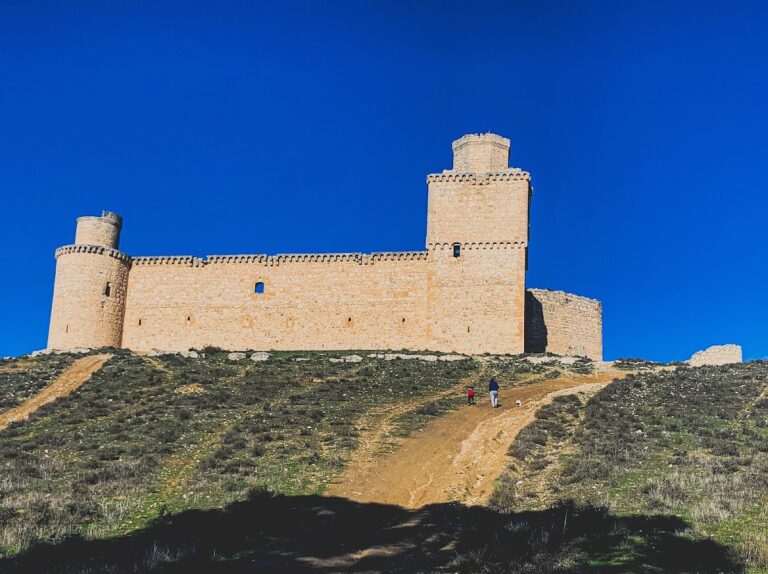Castillo de Casarrubios del Monte: A 15th-Century Mudéjar Castle in Spain
Visitor Information
Google Rating: 4
Popularity: Low
Google Maps: View on Google Maps
Official Website: casarrubiosdelmonte.es
Country: Spain
Civilization: Medieval European
Remains: Military
History
The Castillo de Casarrubios del Monte is situated in the municipality of Casarrubios del Monte, within modern Spain. It was constructed during the 15th century by builders associated with the Mudéjar architectural tradition, which reflects the cultural blending of Christian and Muslim influences on the Iberian Peninsula after the Reconquista. The master builder credited with its design was Alí Caro, though little further detail is recorded about his role or the commissioning authority.
Throughout its early history, the castle served as a fortification within the town, likely playing a defensive role in the region during a period characterized by shifting control and ongoing conflicts between Christian kingdoms and remaining Muslim territories. There are no surviving records of sieges or specific military events directly linked to the castle, nor accounts of its occupation by notable rulers or military figures.
In the 20th century, recognition of the castle’s historical value led to its formal protection. On April 22, 1949, a decree was issued by the Spanish government, under the regime of Francisco Franco and with José Ibáñez Martín as Minister of Education, to safeguard all castles across Spain. This decree, published officially on May 5, 1949, enveloped the Castillo de Casarrubios del Monte regardless of its then-condition. Today, the site enjoys status as a Bien de Interés Cultural, an official cultural heritage designation in Spain that recognizes its importance and ensures continued preservation efforts.
Remains
The remains of the Castillo de Casarrubios del Monte currently exist as a ruin within the urban setting of Casarrubios del Monte. Though precise dimensions and layout details are not recorded, the surviving structures exhibit characteristics of Mudéjar construction, a style known for utilizing brickwork and ornamental patterns influenced by Islamic art, applied in a Christian context.
Visible architectural features include portions of masonry walls and entrance elements, notably the main and rear façades, along with door details. These elements suggest the castle had fortified access points and solid defensive walls, typical of 15th-century fortifications. Photographic records highlight these components but do not disclose further intricate decoration or inscriptions.
The construction materials and decorative techniques, inferred from the Mudéjar style attribution, would have combined strong structural masonry with distinctive ornamental touches. However, no specific decorations or artifacts such as pottery, tools, or dedicatory inscriptions have been identified on site, limiting detailed understanding of the castle’s interior functions or embellishments.
At present, the castle’s remains stand as fragmented architectural elements, not fully intact but offering tangible evidence of their historical construction. There is no mention of restorations or adaptive reuse of sections of the castle, and it appears largely in situ, preserving the original location and some aspects of its medieval fabric.







